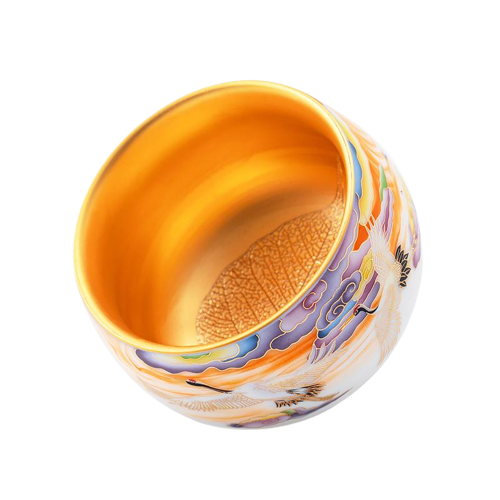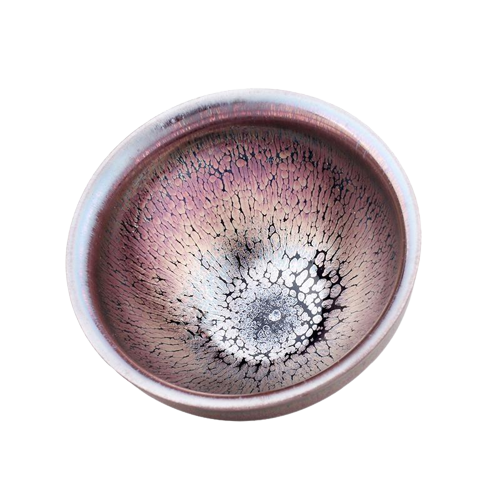Glazing is a technique that can take a lot of time and practice to master. But when done correctly, it can really enhance your pottery and make it look like something you'd see in a museum. For me, this technique has been the most challenging part of working with clay, but also one of the most rewarding. Once you learn how to glaze japanese style pottery correctly, it will completely change how you approach your craft!

Get an understanding of the clay body you'll be using.
The clay body is the material that will be shaped into your pottery. It's also the material that will be fired in a kiln, which means it must withstand high temperatures and not break down. And finally, the clay body gets glazed during this process as well.
You need to know what type of clay you're using so you can select appropriate glazes for it. Some clays are better suited for high-temperature firing; others are best kiln-fired at low temperatures or air-dried (air-drying means letting them dry outside). There are many different kinds of clays out there—they vary in color, texture, weight and amount of shrinkage they undergo when fired—and each type has its own advantages and drawbacks!
Seek out other artists who are working with the same type of clay and learn from them.
Once you’ve established your interest in a certain type of clay, find other artists who are working with the same material. Seek out pottery classes and visit a local pottery studio to learn new techniques. Ask if they offer any workshops or events where you can meet other artists interested in the same type of work as you.
For example, if you live near a city that has an annual fair (like Long Beach), check out the local art fairs held there each year. You may be able to find several artists from whom to buy or commission pieces made from your chosen clays.
If there aren’t any galleries or studios nearby that specialize in what interests you, it might be helpful for your development as an artist if there were more options available locally! If this is not possible at present then consider joining an online community such as Instagram or Flickr - which are both excellent ways of connecting with other people who share similar interests (including those involving ceramics).
Get really familiar with your glaze materials. They'll be used a lot in your work.
Japanese glaze materials are made from a clay base, which is then mixed with other ingredients to change its properties. Glazes can be applied in many different ways, including brushing, dipping and spraying.
Glazes can also be used to achieve many different effects: Some are glossy and opaque, while others have an almost invisible quality that gives them a shimmery appearance when you look at them from certain angles.
Gather together a variety of tools for carving, trimming and applying the glazes.
You will need to gather together a variety of tools for carving, trimming and applying the glazes. Some tools are better for certain tasks than others, but the most important thing is that you are comfortable with what you are using. The tools you use will depend on the type of work you are doing.
The most basic tool is a sponge or cloth that can sit in water without absorbing too much moisture. This can be used to clean marks from your pots and bowls before applying glazes or painting them.
Create a prototype before firing that you can use to test your new ideas.
A pottery piece should always be fired in the same kiln as the final product. If you have time, it's worth experimenting with firing techniques and materials before producing your final piece.
With some patience, you can master this technique.
The first step to mastering the technique is to simply try it. Even if you feel that your first attempt at glazing will result in failure, you can learn a lot from the experience. After all, what good is learning if it doesn't make you better at something?
If you want to get started quickly, then consider ordering some pottery supplies from an online store like [http://www.Amazon.com](https://www.amazon.com/). There are many different options available and having everything ready to go before attempting this technique might help you avoid some of the frustrations associated with learning how to glaze japanese style pottery on your own (and save yourself some time).
With a little patience, you can master the art of glazing. It's important to remember that the process can be quite time consuming and require a lot of attention to detail, but if you stick with it and work hard enough then eventually you'll find yourself producing beautiful pieces of pottery with unique designs.




